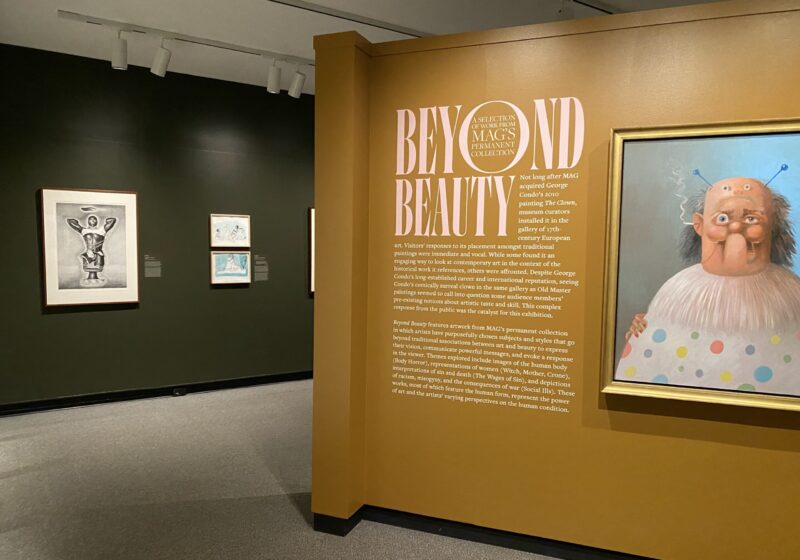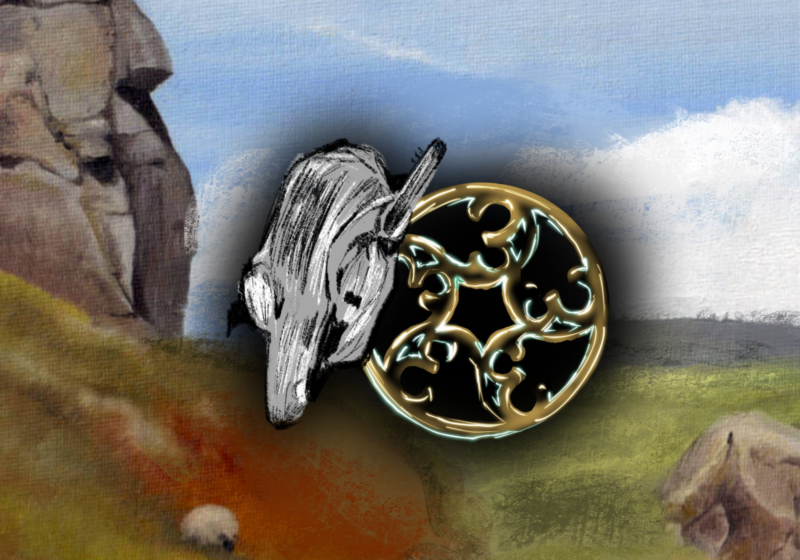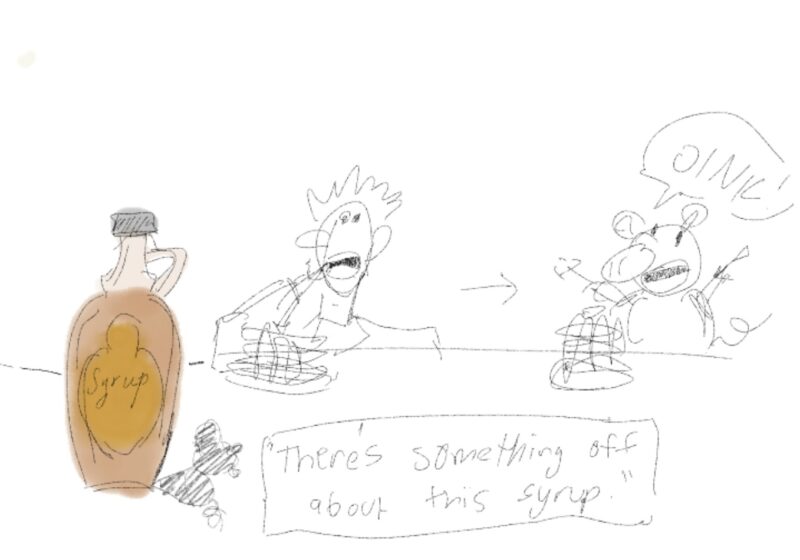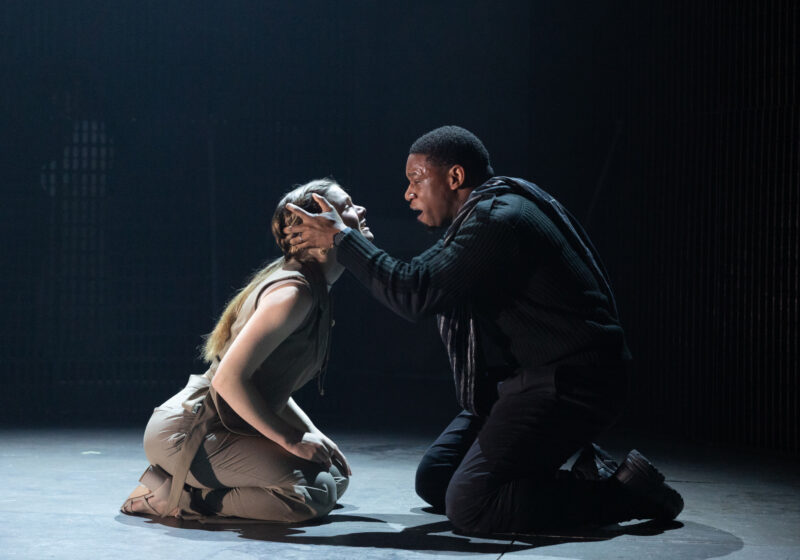Most artwork displayed in a typical art gallery includes beautiful landscapes and beautiful people. The prettiest paintings end up in visitors’ Instagram posts, as well as on phone cases, dorm room prints, and more. We are drawn to beautiful things, and we prefer to surround ourselves with them. Artwork that does not fit typical beauty standards is reserved for depressing and wicked themes, existing only to remind us of the terrible parts of life that we prefer not to think about. Art museums like the University’s Memorial Art Gallery (MAG) work to elevate beautiful depictions of humanity, a telltale sign of how we prefer to see ourselves: glamorized and made perfect.
The MAG’s most recent exhibition in the first-floor Lockhart Gallery, “Beyond Beauty,” showcases artwork from the gallery’s permanent collection that does not fit the “perfect” beauty standards of other art in the museum. Each piece in the exhibition portrays humanity as less-than-perfect in the traditional sense, with the collection including four themes that encompass the “ugly side” of past and current society: Body Horror; Witch, Mother, Crone; The Wages of Sin; and Social Ills. Each artwork selected for these themes has an immense power, producing strong emotional responses from audiences who are forced to consider the negative aspects of humanity.
The featured artists do not shy away from the painful themes that modern society chooses to discard. One example of this is “On the Rocks,” a 1974 etching by Chrysanne Stathacos displayed in the Witch, Mother, Crone section. The artist uses jagged lines and harsh colors to highlight the pain of womanhood, forming a nude figure giving birth to a child with puppet fingers. This unconventional piece subverts the pleasant depictions of childbirth and female nudity that are expected in an art museum, such as the peaceful face of the Virgin Mary with Christ in her arms or a nude figure relaxed on a sofa. “On the Rocks” destroys the preconceptions of visitors entering the museum and sparks conversation around the complex and painful theme of childbirth.
Another striking work is displayed under the theme Social Ills: A print by Rosemarie Bernardi titled “Constellated in Brief and Darkly.” Bernardi’s art typically includes photography and drawings of medical specimens displayed in museums, such as the infant conjoined twins shown in this particular work. While many museums and educational institutions proudly display human remains to the public, Bernardi comments on the misuse of human remains in these spaces and how their effect is sad and antiquated rather than fascinating and revolutionary. While Bernardi seeks to portray the conjoined twins in a gentle and considerate way, the image is still a gross reality — disturbing and shocking. Nevertheless, it is a necessary insight into the realities of medical practice and how we, as humans, view human life.
The development of the “Beyond Beauty” exhibition all started when the MAG received backlash to the installation of a clown painting. Once acquired, MAG curators chose to display “The Clown,” a 2010 painting by George Condo, in the upstairs 17th-century European art gallery, and not with its contemporary peers on the first floor. Visitors were forced to consider a colorful, surrealist, and frankly ridiculous clown painting alongside Old Master artworks. As soon as the piece was installed, the MAG received comments from affronted visitors who disliked the placing of unconventional art next to their beloved traditional landscapes. Others found the contemporary painting to be engaging and unique, which improved their museum experience. This discourse jumpstarted MAG curators’ efforts to highlight the museum’s less visually appealing pieces. Preconceived notions of art and beauty in museums is what “Beyond Beauty” seeks to shed light on by confronting visitors with uncomfortable depictions of the human condition. Without the inclusion of the “ugly” side of society, we lose the narratives that define entire groups of people and time periods.
Now, Condo’s “The Clown” sits at the very front of the exhibition, welcoming visitors in to experience “Beyond Beauty.” In leaving, they may consider “ugliness” not as something to be avoided, but something that is to be embraced. As today’s society bombards us with impossible beauty standards, it is as important as ever to remember that beauty does not exist in just one form, and our notions of “ugly” do not tell the whole story. The “Beyond Beauty” exhibition will be on display in MAG until November 26, 2023.






